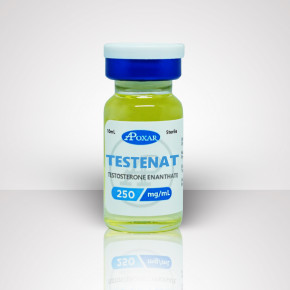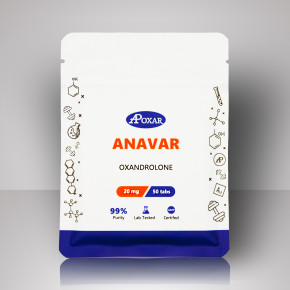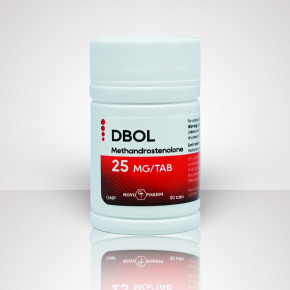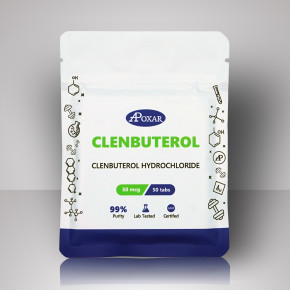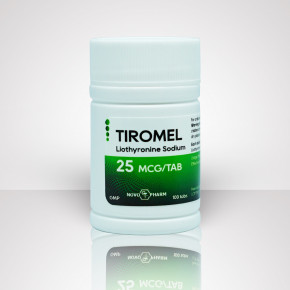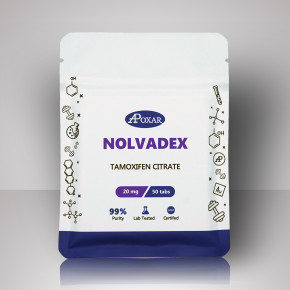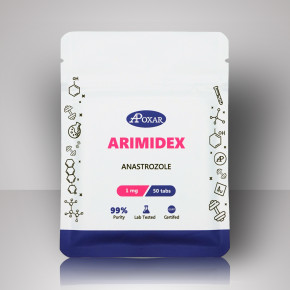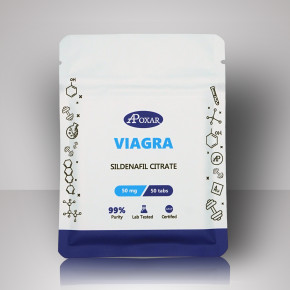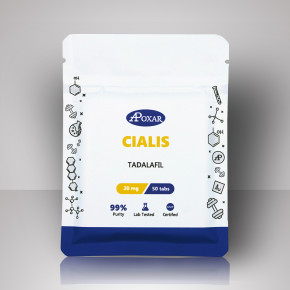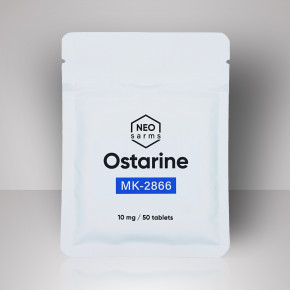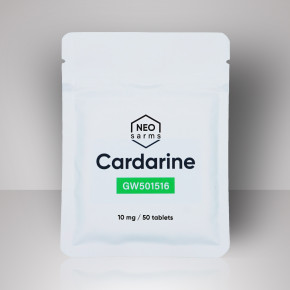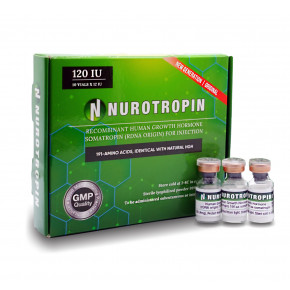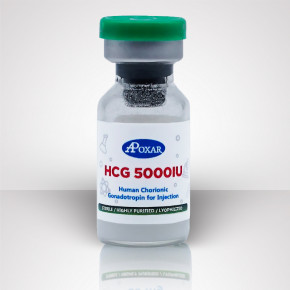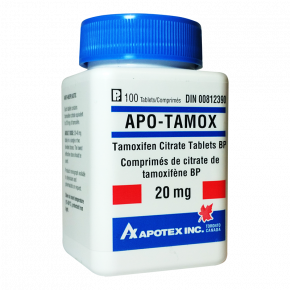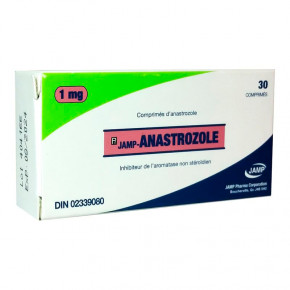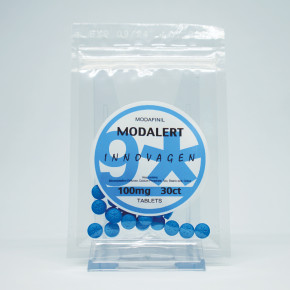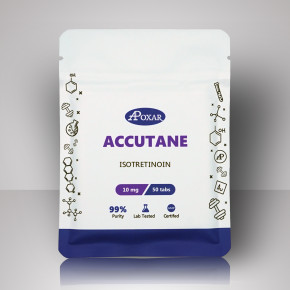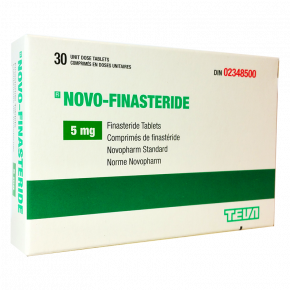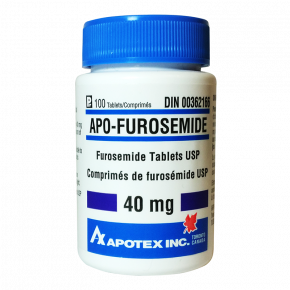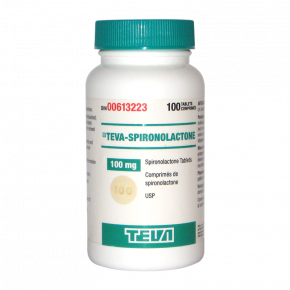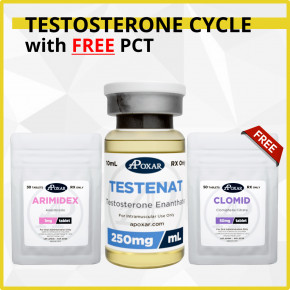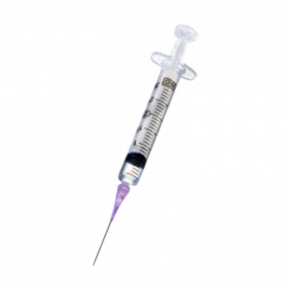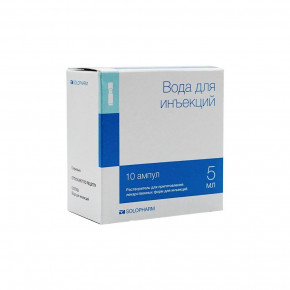 Proudly Serving Canadians Since 2012
Proudly Serving Canadians Since 2012Cabergoline
Cabergoline lowers prolactin levels. It is used during courses of Trenbolone, Nandrolone and Anadrol to reduce prolactin levels and prevent associated side effects. 0.5mg two times per week during entire cycle
-
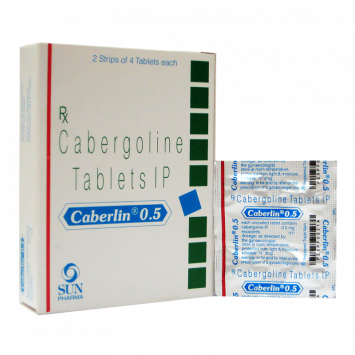
Dostinex (Cabergoline) 0.5mg - Pharmacy Grade
- Anti Prolactine
- Use during Deca and Tren Cycle
- Prevents “Prolactine Gyno”
- 0.5 mg twice a week
Increases Strength
Improves Sex Drive
Muscle Gains
$55.00Out of stock
Dostinex Description
Dostinex (cabergoline) is a selective dopamine receptor agonist. This agent is highly specific in its actions, with a strong affinity for the dopamine D2 receptor, and a low affinity for serotonin, and 5-HT2-serotonin receptors. Its main clinical use is for the treatment of hyperprolactinemia, or the hypersecretion of prolactin from lactotrophs in the anterior pituitary (pituitary tumor is a common cause of this disorder). It is also applied in the management of Parkinson’s disease. Cabergoline effectively inhibits prolactin secretion, which it does by mimicking the actions of dopamine on the D2 receptor (dopamine normally serves as negative feedback for prolactin release). As a targeted agonist of the dopamine D2 receptor, cabergoline should not affect other pituitary hormones like growth hormone (GH), luteinizing hormone (LH), corticotrophin (ACTH), or thyroid-stimulating hormone (TSH).
Prolactin is a somatotropic hormone, in the same family as human growth hormone (somatropin). It is a single peptide hormone, containing a chain of 199 amino acids. This makes it similar to (though slightly larger than) growth hormone, which is made of 192 amino acids. Any similarity between these two hormones, however, ends at structure. Prolactin is not an anabolic agent (at least not to skeletal muscle) but a lactation hormone. Most of its physiological value is in women, and becomes apparent during pregnancy when it aids in milk production. Dostinex, likewise, is sometimes used to suppress lactation postpartum if there is a particular medical need for it. In men, prolactin has no known therapeutic value, and high levels are associated with impotence, infertility, and sometimes even gynecomastia (whether or not it has a causative role here remains the subject of much debate).
Although this is almost never associated with males, high levels of prolactin have actually been related to lactating gynecomastia in a very small percentage of steroid-using athletes. This disorder is often characterized by small fluid discharge that becomes noticeable with the squeezing of one’s gynecomastia nipple. Although the situation can become worse, the first sign of this is often enough to scare the individual away from their current regimen of steroids. Gynecomastia is not automatically (or even normally) associated with lactation, so this is a somewhat rare phenomenon. It is probably caused by an unusual imbalance of hormones (androgens, estrogens, and progestins can all be involved and play varying roles), and/or a particular personal sensitivity to the disorder. When it does occur, however, cabergoline has been looked at as a remedy for the potentially embarrassing situation.
High prolactin levels (as would be associated with the need for cabergoline) are sometimes documented in steroid-using athletes. We do know that estrogen plays a stimulatory role here, and likely is the key to increasing prolactin secretion in males. Other studies, however, show suppressive actions toward prolactin from other hormones including androgens. This is perhaps why an actual hormonal imbalance, and not necessarily high estrogen, may be the cause of lactating gynecomastia. Scanning the medical books, there are few studies even looking at prolactin levels and steroid use, and those few are relatively inconclusive. One study analyzed the effects of testosterone enanthate and propionate in men and noted a significant prolactin increase 4 days after injection. Yet another noted a 7-fold increase in estrogen (to values typical for women) in 5 power athletes self-administering testosterone and other steroids, yet no consistent effect on prolactin secretion. A third self-administration study with athletes, and a fourth clinical with nandrolone, failed to show an increase in prolactin levels.
History
Cabergoline was developed during the 1980s. The most popular trade name for this agent is Dostinex, which is produced in the U.S. and many other countries by the giant pharmaceutical conglomerate Pharmacia. Dostinex retained market exclusivity on cabergoline in the U.S. for many years, but between 2005 and 2007 several generic versions were approved for sale by the FDA. This includes products from Barr, Ivax, and Par Pharm. Cabergoline is widely available internationally, and can be found in more than 3-dozen different countries. Outside the U.S. the Dostinex trade name still dominates most markets, and can be found in Argentina, Australia, Austria, Belgium, Brazil, Canada, Chile, Czech Republic, Denmark, Finland, France, Germany, Greece, Hong Kong, Ireland, Israel, Italy, Malaysia, Mexico, Netherlands, Norway, New Zealand, Poland, Portugal, Russia, South Africa, Singapore, Spain, Sweden, Switzerland, Turkey, United Kingdom, and Venezuela. In addition to Dostinex, cabergoline is marketed under at least 1-dozen other trade names.
How Supplied
Cabergoline is most commonly supplied in tablets of 500mcg. Structural Characteristics: Cabergoline is an ergot derivative with the chemical designation 1-[(6-allylergolin-8beta-yl)carbonyl]-1-[3- (dimethylamino)propyl]-3-ethylurea.
Side Effects
The most common side effects reported with cabergoline use include headache, nausea, and vomiting, which occurred in 26, 27, and 2% of patients (respectively) receiving the medication during one clinical trial. Other potential side effects include (but are not limited to) constipation, dry mouth, abdominal pain, diarrhea, dizziness, vertigo, fatigue, anxiety, anorexia, malaise, depression, insomnia, hot flashes, heart palpitations, hypotension, breast pain, and acne, however, nausea and headache were the most prominent side effects. Many side effects are dose-related, a further reason for starting off with the lowest possible therapeutic dose and working up. The prescribing information does not mention death as a clear consequence of an overdose, but it does list hallucinations, low blood pressure, and nasal congestion. Note that overdose patients may need supportive measures to raise blood pressure.
Administration
When used medically to inhibit prolactin secretion, cabergoline is given in an initial dosage of 500 mcg per week. This may be taken in one single dose or divided into 2 or more doses on separate days. The dose may be increased by 500 mcg per week at monthly intervals until a desired physiological response is achieved. Dosage is most commonly maintained at 1mg per week, although doses up to 4.5 mg may be used in some cases. When used by athletes/bodybuilders to inhibit prolactin secretion (as with lactating gynecomastia), doses on the lower end of the therapeutic range are most commonly used. The user typically starts with a dosage of 250mcg per application (a half tablet) twice per week. This is used for four weeks, at which point the dosage might be adjusted upwards to a full tablet if needed (1 mg per week).In clinical medicine this drug may be taken for 6 months or longer, although athletes/bodybuilders usually find a 4-6 week course of therapy (combined with an intelligent rearrangement of the offending drugs) most appropriate.
Availability
Cabergoline is not widely used by bodybuilders and athletes, and consequently is not commonly traded in black market commerce. The drug itself is widely available in legitimate medical commerce.
References:
- Effects of estrogen on the release of gonadotropins and prolactin in male pseudohermaphrodites. Barbarino A, De Darinis L et al. J endocrinol Invest. 1979 Jan-Mar;2(1):41-4
- Estrogen-dependent plasma prolactin response to gonadotropin-releasing hormone in intact and castrated men. Barbarino A, De Marinis L. et al. J Clin Endocrinol Metab. 1982 Dec;55(6):1212-6
- Effects of progesterone administration on follicle-stimulating hormone and prolactin release in estrogen treated eugonadal adult men. Mancini A, De Marinis L. et al. Andrologia 1991 Sep-Oct;23(5):373-9

